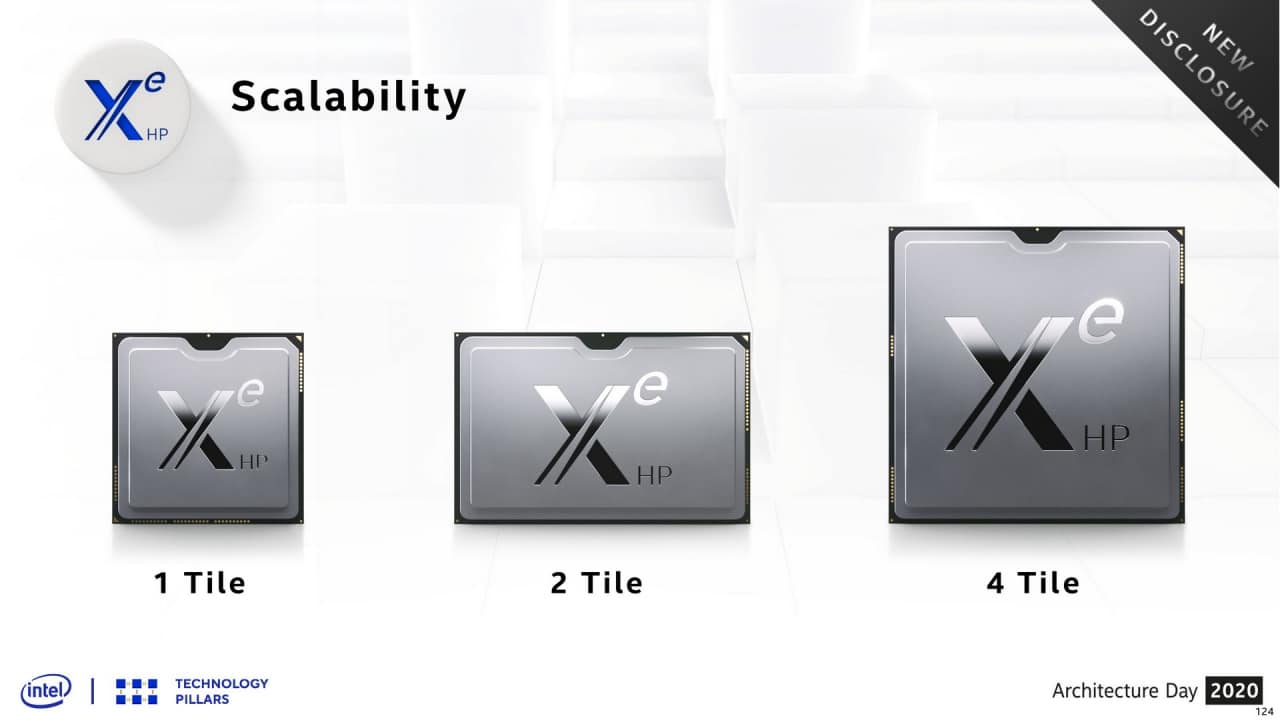Intel’s graphics investment Xe is still in its infancy, but the company undoubtedly has ambitious plans for the future. Recently launched, Xe Max is Intel’s first staggering step in the dedicated graphics market in over two decades, and despite its focus on laptops, the circuit may land in desktops starting next year. In addition to Xe Max, cards with a gaming focus under the Xe-HPG flag are also on input, similar to the Xe-HP and Xe-HPC calculation cards.
The Xe-HP and Xe-HPC cards stand for High Performance Computing, and are intended for the server halls. With a modular design that is delivered in tiles where each tile houses 2,048 cores and computing capacity in the order of 10 TFLOPS. One circuit can consist of up to four tiles, and several circuits can be run together if needed.
Now a circuit called Xe-HP “Neo” appears, consisting of a simple tile up in the database of Geekbench results, with a clock frequency of 1.15 GHz, a lower frequency than the 1.3 GHz Intel demonstrated at the company’s Architecture Day in August. The result Xe-HP “Neo” manages to deliver in the Geekbench OpenCL test suite is an unimpressive 25,475 points, compared to, for example, AMD’s mobile Radeon Pro 5300M which is found in laptops and its 25,985 points.
With the price picture for Xe-HP for the time being shrouded in obscurity and both silicon and drivers of pre-production type, and in addition the absolute simplest single-tilevariant of the circuit, it may be considered too early to pull too large gears of it all, but Videocardz chooses to compare Xe-HP with the “Ampere” -based Geforce RTX 3070. In this comparison, Intel stands smooth, as the Nvidia card delivers over 140,000 points, or just over five times higher OpenCL performance.
Worth mentioning is that Xe-HP “Neo” with a simple tile consists of 512 Compute Units à eight cores each – a total of 4,096 cores. This is comparable to the Geforce RTX 3070 and its 5,888 CUDA cores, and that during Architecture Day, Intel demonstrated the scaling of Xe-HP using floating point performance.
Exactly how the Xe-HP “Neo” and other circuits are positioned in Intel’s range of computing cards remains to be seen when the manufacturer rolls out graphics processors on a broad front in 2021.
















